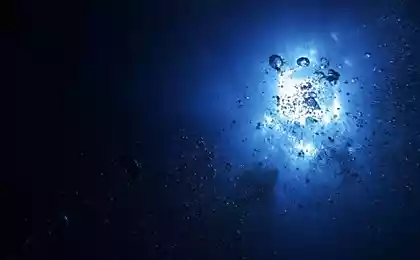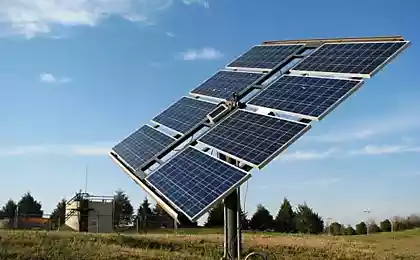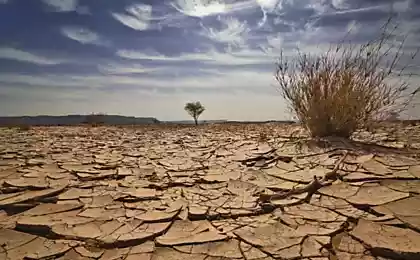220
New school campus in Kenya can store 1.5 million liters of water

Showcasing a new form of sustainable architecture, every building on campus in Kenya, including dormitories, classrooms and a football stadium, collects rainwater in an area where clean water is difficult to find.
Usually, when it rains, builders tend to equip any buildings with drainage and divert water away from the building. But for the past 10 years, two designers have been working on a new form of architecture that does exactly the opposite: Waterbank buildings collect and store as much rainwater as possible.

This sustainable design is the foundation of a new school campus in Kenya that will collect 1.5 million liters of water annually – more than is needed to provide water for all students and maintain garden areas around the campus where clean water is scarce.
Every building on campus, from a dormitory and classrooms to a football stadium, is designed to collect and channel water into underground storage facilities.

Although Kenya's climate is semi-arid, architects say there is enough rainfall to provide water to the population.
“Many people who don’t have access to clean water, as they do in Africa, live in a region where rainfall is about 600 millimeters a year,” says Jane Harrison, co-founder of PITCHAfrica, a nonprofit that develops new buildings. “That is a rather strange fact. The problem, of course, is that the process is unpredictable and the water evaporates quickly, so people cannot use it when they need it.”
The architects of this organization, unlike other non-profit companies that offer solutions to provide clean water to people in dry areas, take a different approach. “Typically, the focus is on technological solutions,” Harrison explains. “But one of the most important factors in addressing water scarcity is the social idea. This idea, which should become a social aspiration, a completely different approach, is what is important to us.”
At the start of the project in 2004, the architects had the task of bringing the idea to life, namely: to combine the collection of water with football - because football unites people. “I think once we started paying more attention to Africa, we became more aware of the incredible power that football has there,” explains Harrison. “It manifests itself in spite of all social differences and manages to gather a large and diverse audience. And we realized that if we could combine this kind of "social energy" with attention to water, it would be a powerful tool.
In 2010, during the World Cup, the team built a prototype football stadium that collects and stores rainwater. For the past four years, they've been working on applying this design to Africa, and since the architects realized that this approach works well not only with stadiums, they've also experimented with building different types of public buildings.
The first in line was a four-grade school in Laquipia, which was named one of the "Greenest Schools in the World." With careful planning, the cost of a new school with an innovative design was the same as a typical rural school of the same size. The new campus, built this year, replicates this project but on a much larger scale and includes a first-of-its-kind stadium as part of the design.
“As advocates of rainwater harvesting, filtration, and development with a combination of different approaches, we sought to show that it is possible to work within a typical school budget and achieve high results.”
Our school design includes 4 classes with gardens with protected soil for growing food, teachers, public spaces, public theater in the courtyard. The entire complex is capable of collecting 350,000 liters of water per year and is equipped with a 150,000 liter storage facility under the surface of the courtyard. The storage is equipped with a water filtration system with ceramic filters. In this region, a 600-square-metre school alone can collect enough water to provide 300 children with four litres of water every day all year round.”
The campus also houses Waterbank buildings such as girls' dormitories, a dining room and toilets. All of these buildings, designed by PITCHAfrica, not only meet basic water needs, but also help address fundamental issues including sanitation, nutrition and health. Additional Waterbank structures also include dormitories for boys and accommodation for staff.
Next year, the organization plans to release an operating manual and a set of technical documentation, which will be available free of charge, and explain how to design, build and use Waterbanks buildings – including how to manage water supplies in the dry season so that water is always available.
According to the designers, the technology can work in many parts of the world, including places that seem too arid, as well as where there is a lot of rainfall, but the environment is too polluted.























